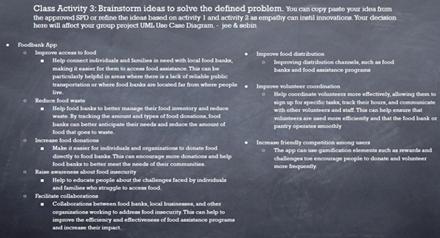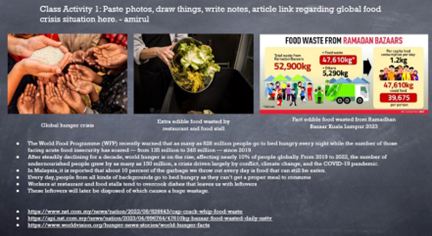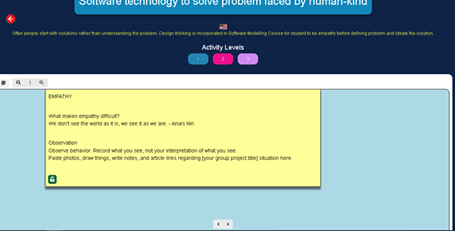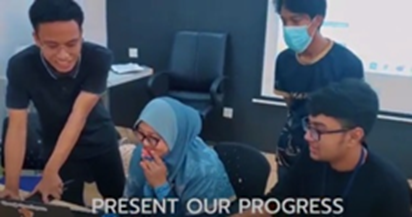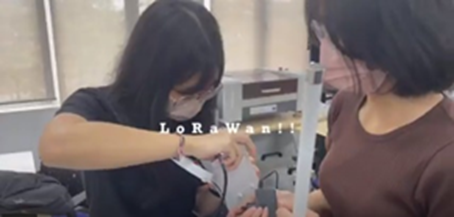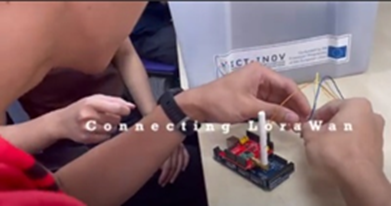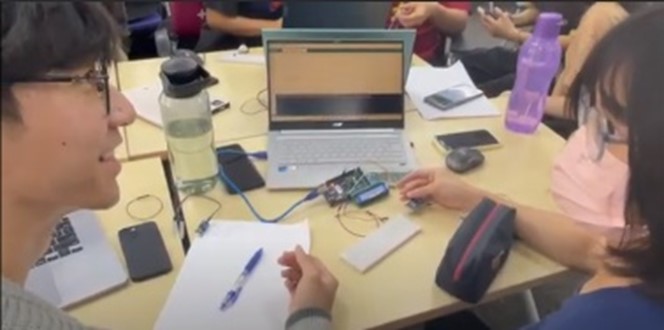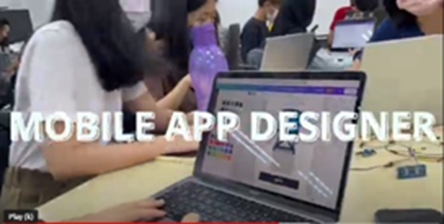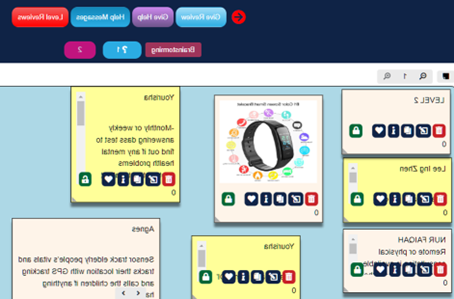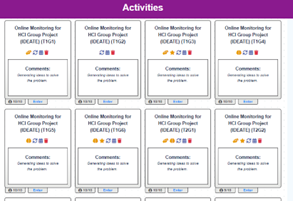
Description of the course
The course addresses the human factors and technical methods involved in the design and evaluation of interactive systems. Course topics include overview of human computer interaction, essential interaction design principles, user interface development process, and interface design and programming. More specifically, it focuses on humans, computers, and their interactions, user interfaces, usability, user experience (UX), and design thinking. The course further focuses on interface development processes, including topics on iterative design, user-centered design, design discovery, design exploration, and evaluation of user interfaces. Interface design and programming topics include visual information design, forms design, interface design patterns, prototyping and construction tools, and responsiveness issue. Three types of applications are covered, namely graphical user interfaces, web, and mobile devices.
Description of the participants
Participants are full-time undergraduate students at the University of Malaya. A total of 106 students attended the courses in semester 1 of academic year 2022 – 2023.
Description of gamified design thinking activities
The course included a semester-long project. The overall objective of the project-based class activity was to apply design principles, guidelines, patterns, and visual design elements to interface design and selected interface construction tools for the implementation of interactive systems. Design thinking principles integrated in the course project include ideation and prototyping.
More specifically, upon completion of the project, students were able to:
- Demonstrate ability to plan and execute the project using design thinking.
- Design an IoT project through prototyping.
- Apply design principles in mobile application of interactive system.
Students worked in groups of 6 – 7 individuals. A total of 12 teams were formed.
The theme of the project was “Designing a sustainable future”. Project work helped build problem-solving capacity by encouraging students to propose solutions to real-world issues facing Malaysia and the world, focusing on UN Sustainability Goals such as good health and well-being, quality education, and decent work and economic growth. Specifically, students were challenged to work on a project on running a business or NGO activity implemented in a village.
Work was organized in the following steps:
Step 1. Team building and project assignment.
Students developed a group collaboration contact. They took part in a personality and innovation test. They selected a project within the general umbrella of the UN Sustainability Goals.
Step 2. Ideation.
Students brainstormed on ideas towards synthesizing a solution.
Step 3. Prototyping.
Students developed a prototype solution using IoT technology.





